Amount of sunlight
tbick
10 years ago
Related Stories
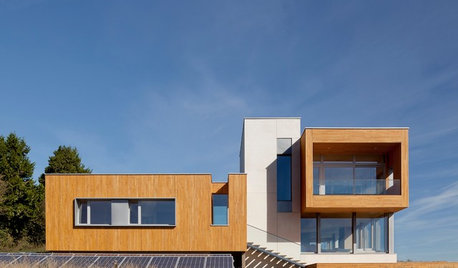
GREEN BUILDINGSunlight Used Right: Modern Home Designs That Harness Solar Power
Embracing passive heating principles through their architecture, siting and more, these homes save energy without skimping on warmth
Full Story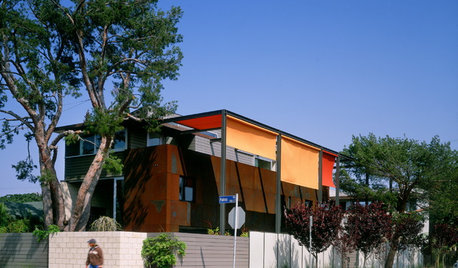
REMODELING GUIDESModern Awnings: Sails Shade the Home
Today's fabric awnings add movement, color, and just the right amount of protection from the sun
Full Story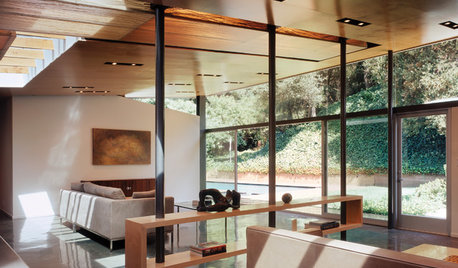
GREEN BUILDINGLook to the Sun for More of Your Home's Lighting
Manage sunlight with design-savvy windows, solar tubes and skylights to save energy and show your home's beauty
Full Story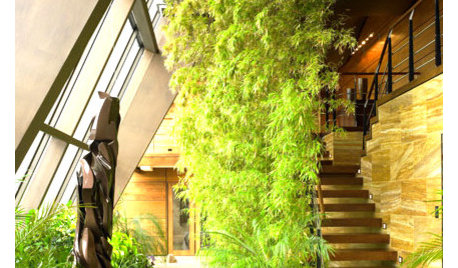
REMODELING GUIDESGive Me a Wall, a Roof, or a House of Glass
Swoon over spaces warmed by sunlight — from one side, or many
Full Story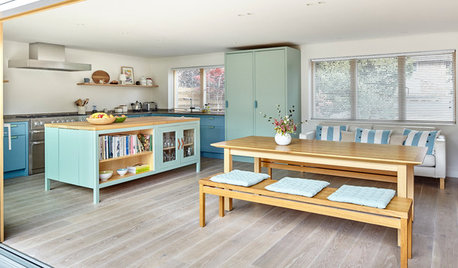
HOMES AROUND THE WORLDHouzz Tour: English Country Home Refurbished for Modern Living
Sunlight, soothing colors and natural materials transform the property from a muddled and dated space into a light, welcoming home
Full Story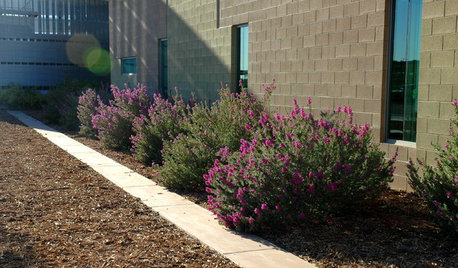
GARDENING GUIDESHow to Avoid Overcrowded, Overpruned Shrubs
Go for a more natural look that’s easier and less expensive to maintain by giving your plants the right amount of growing room
Full Story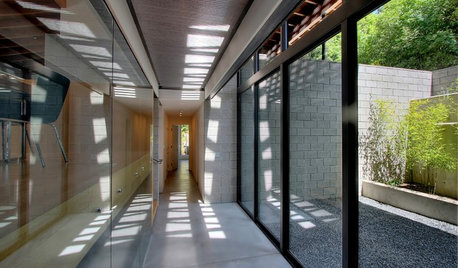
ARCHITECTUREDesign Workshop: How to Borrow Light
You can save energy by using glass walls, windows and skylights to bring sunlight into dark areas of your home
Full Story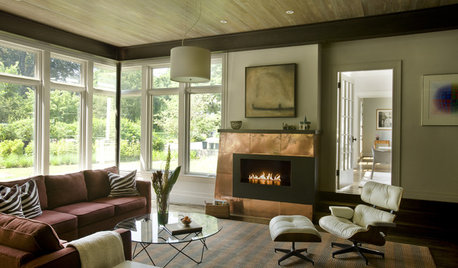
LIGHTINGLighting: The Hardest Working Fixtures of the Home
Create Your Favorite Mood With a Mix of Sunlight and Fixtures
Full Story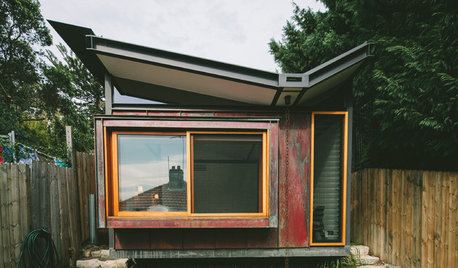
COTTAGE STYLEHouzz Tour: Beach Shack Reborn as a Copper-Clad Cottage
A tranquil home with a copper exterior lets in ocean air, sunlight and greenery on a challenging site
Full Story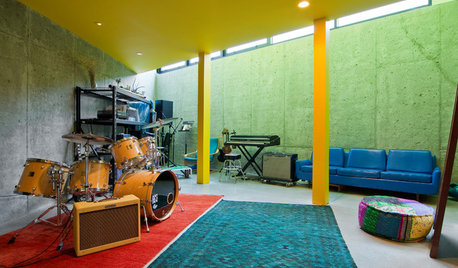
HOUZZ TOURSMy Houzz: Color This Utah Home Terrific
Candy-colored walls lit up by sunlight and a streamlined, open layout make a family’s new house one of a kind
Full Story








digdirt2
tbickOriginal Author
Related Professionals
New Bedford Landscape Architects & Landscape Designers · Benbrook Landscape Architects & Landscape Designers · Tomball Landscape Architects & Landscape Designers · Tempe Landscape Contractors · Bedford Heights Landscape Contractors · Elkridge Landscape Contractors · Fairfield Landscape Contractors · Lebanon Landscape Contractors · Milford Landscape Contractors · North Richland Hills Landscape Contractors · South Portland Landscape Contractors · Golden Valley Landscape Contractors · Ferguson Landscape Contractors · Beaumont Driveway Installation & Maintenance · Park Ridge Driveway Installation & Maintenancekathyb912_in (5a/5b, Central IN)
seysonn
dave_f1 SC, USDA Zone 8a
tbickOriginal Author
pnbrown
tbickOriginal Author